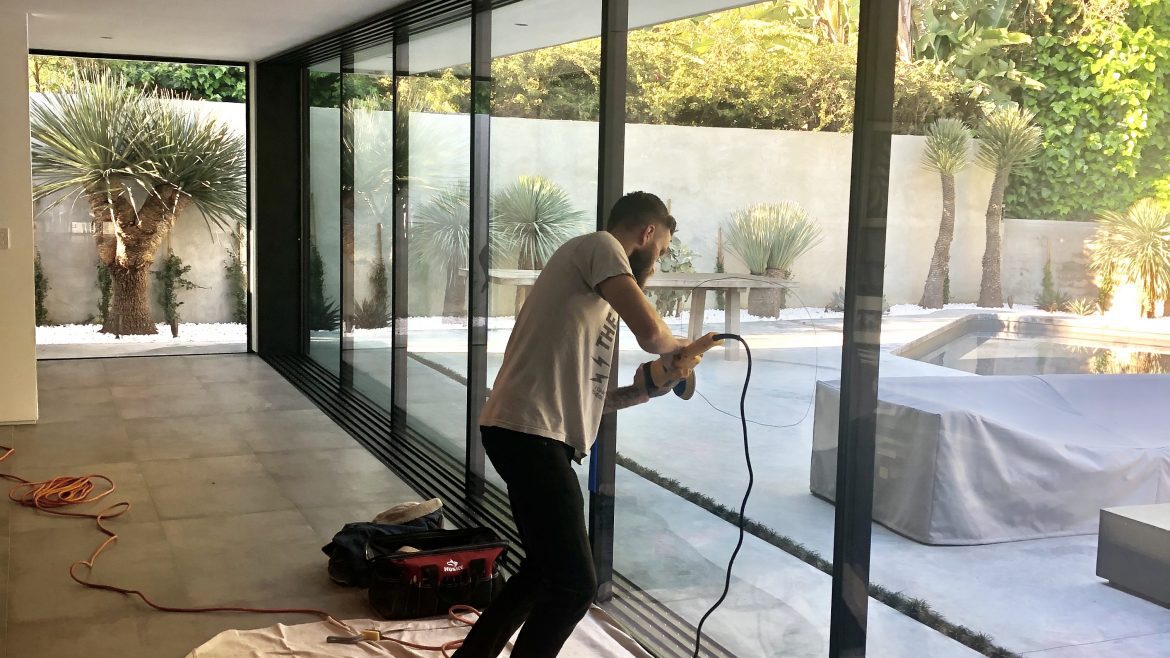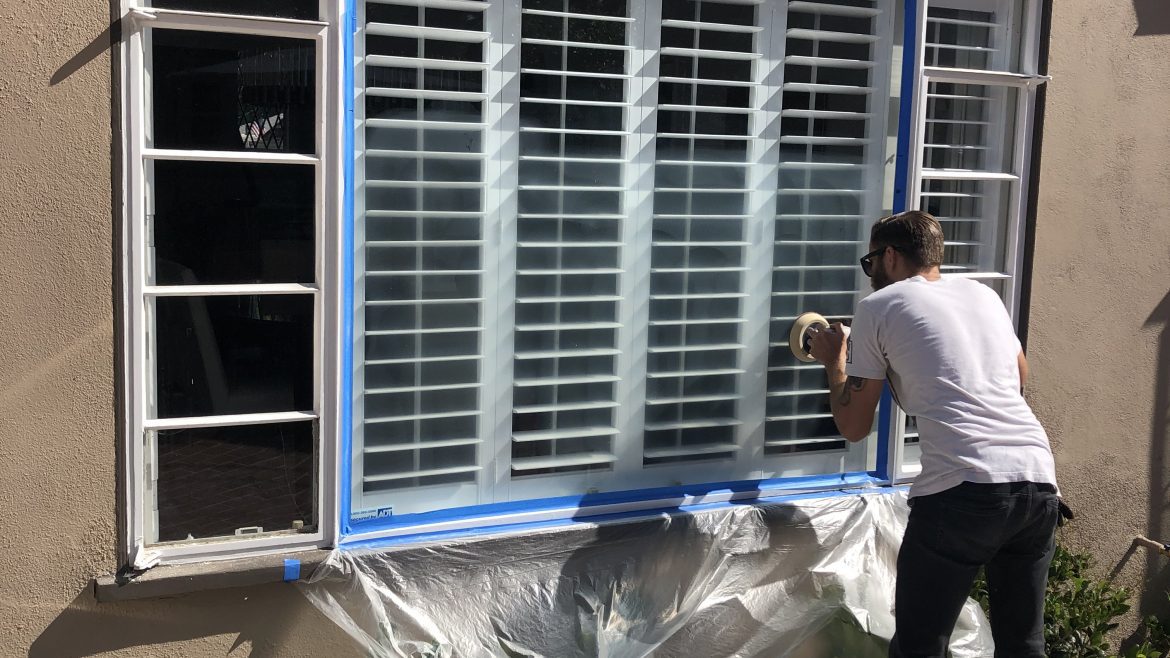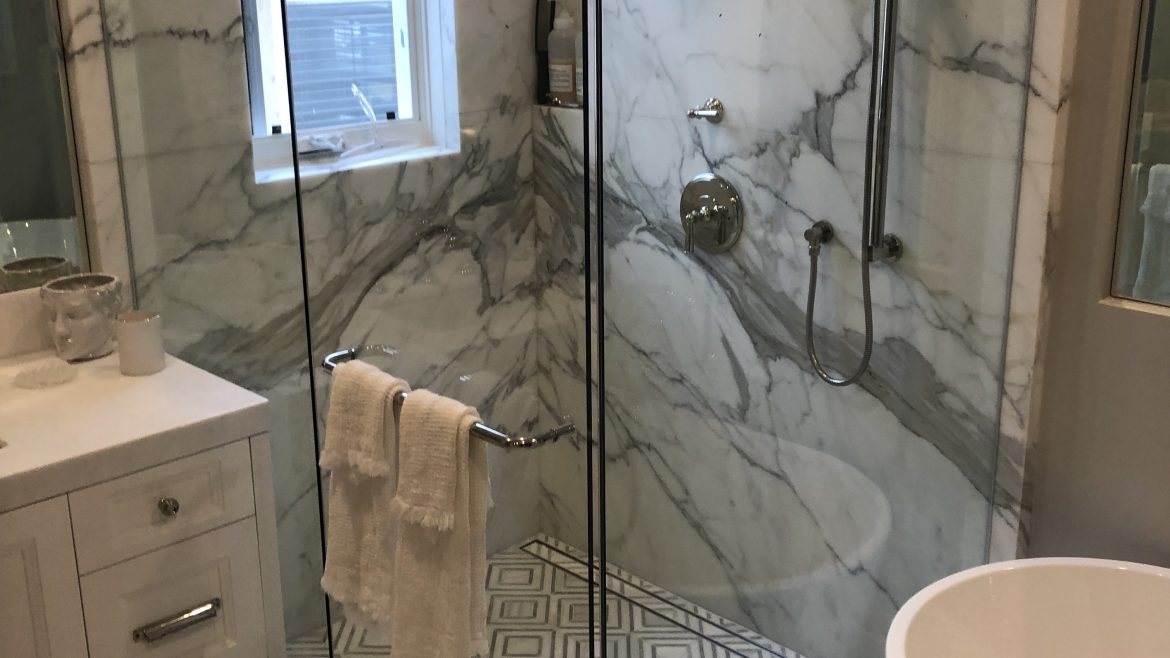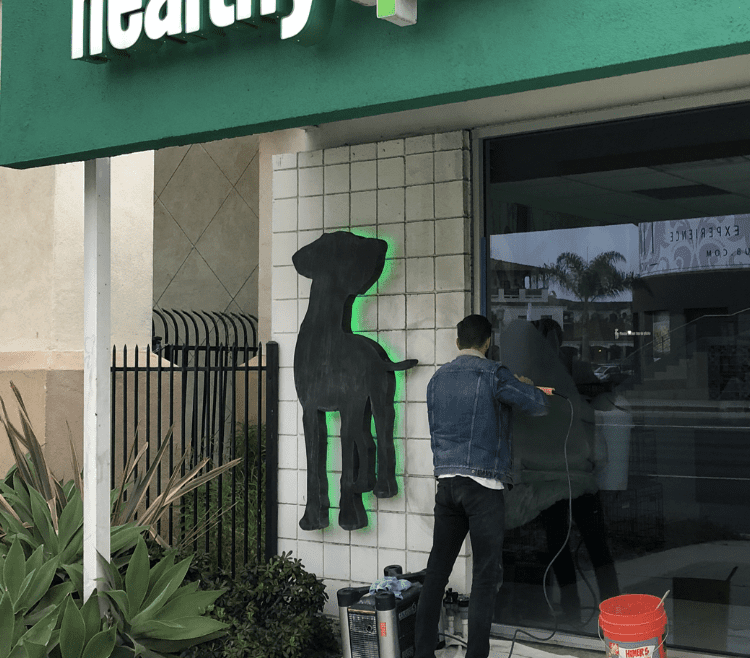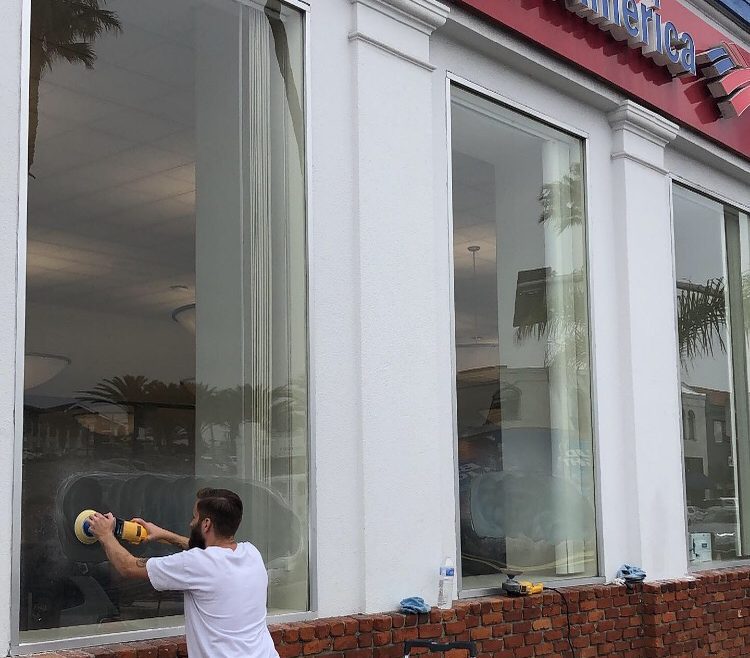How to Remove Corrosion from Stained Glass
White mold is a frequent name for stained glass corrosion. It appears on the lead or solder lines, discoloring and spoiling the stained glass item. Flux residue that was not completely removed frequently leads to corrosion or white mold.
Scrubbing the artwork with cleaner is one way to get rid of the corrosion. This will get rid of the corrosion, but it can scratch the glass.
Baking soda may be the greatest solution for cleaning up corrosion. Since baking soda is less abrasive than cleaner, it won’t scratch glass.
A small scrub brush or very fine steel wool is required. First, dampen the steel wool or scrub brush with water. Sprinkle baking soda liberally over the piece after that. Scrub the glass piece vertically, horizontally, and in a circle using the moistened scrub brush or steel wool.
The art glass object should be completely rinsed and dried once all corrosion has been removed with baking soda. You might need to re-patina the object if it has a patina finish. How much corrosion has built up on the item will determine this.
Use a finishing product to polish and protect the art glass item once it has completely dried.
This procedure is quite effective, but it does require effort, time, and repeated finishing. You actually don’t have an option if your stained glass piece has corrosion. For future reference, when building your next piece, make sure to correctly remove flux to prevent corrosion.
Flux is a typical cause of corrosion. Always remove flux from a piece after a few hours. You can use any of the commercial flux removers available. Be careful to adhere to the manufacturer’s directions.
A reliable commercial flux remover is CJ’s. You liberally spray CJ’s on one side of the glass piece as directed by the manufacturer. After cleaning the glass in a circular motion with a light scrub brush, rinse it with water. The other side should then be completed using the same procedure.
You can substitute baking soda and dish soap for industrial flux removers. Sprinkle baking soda on the item first, then lightly scrub it with dish soap. Scrub the item in a circular motion with a gentle, moist scrub brush. Rinse with water, then repeat on the opposite side.
The item should be dried with a soft, clean towel after being cleansed and rinsed with water. Then, let it air dry. Patina can be used when it has fully dried. Applying finishing compound to both surfaces is the final step.
Don’t rush the finishing and cleaning. A thorough cleaning and polishing will save you later time, work, and expense. For quality Glass Polish Services, you can visit https://glasspolishservice.com/.

